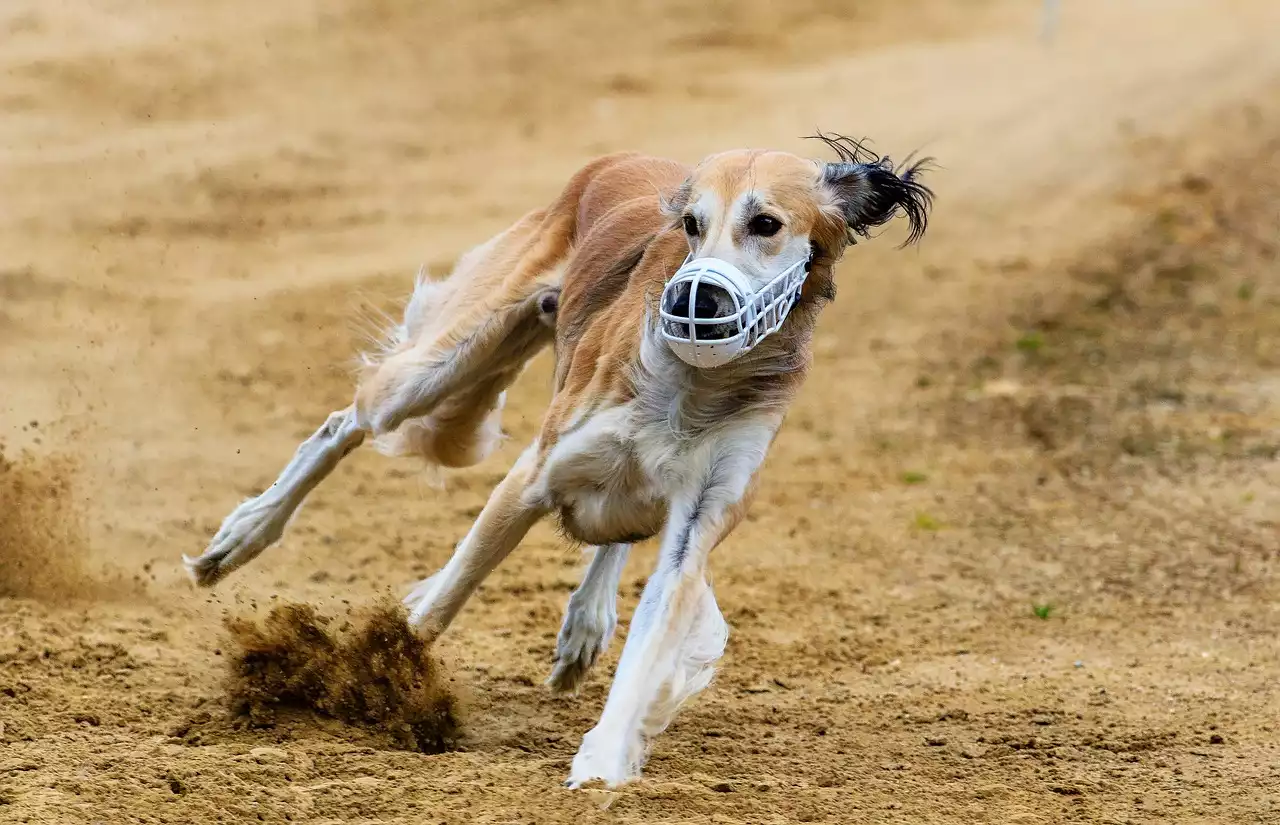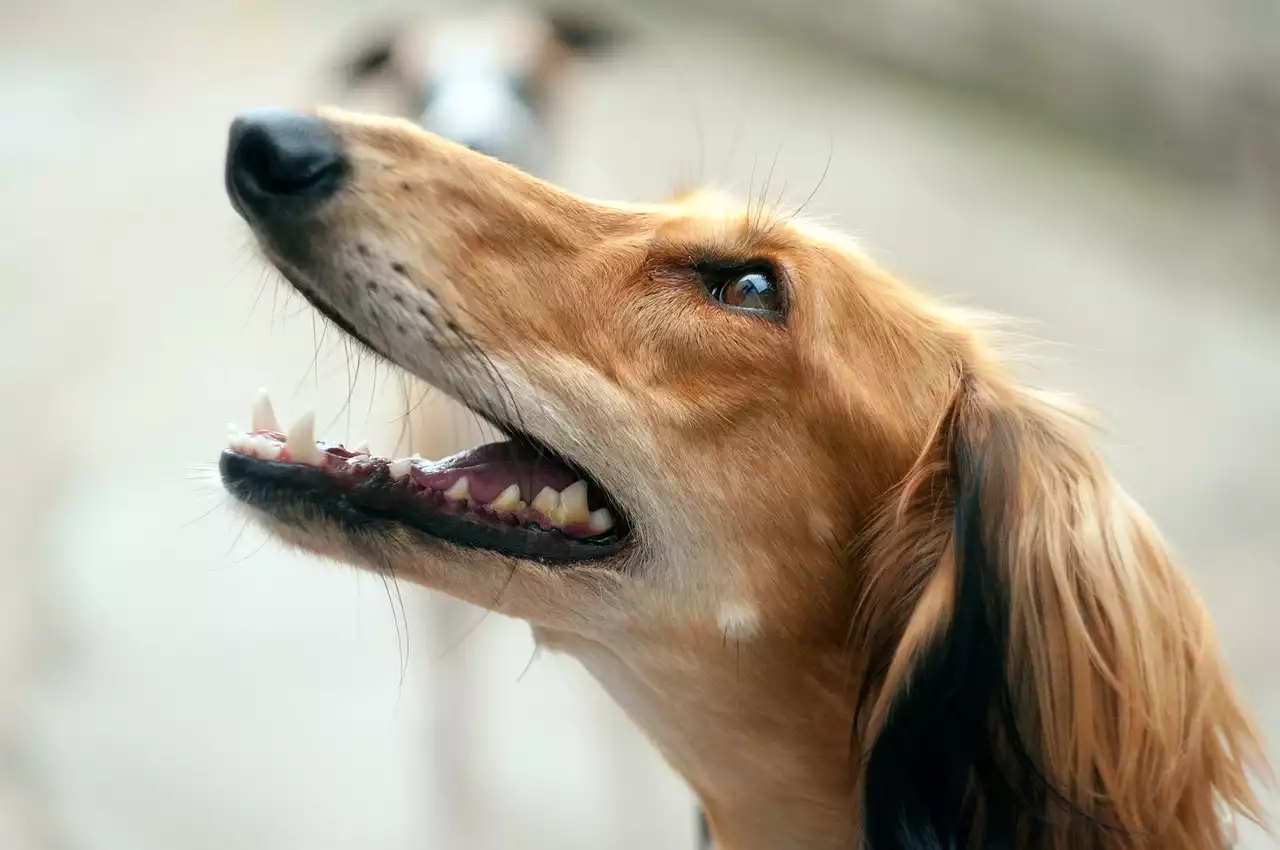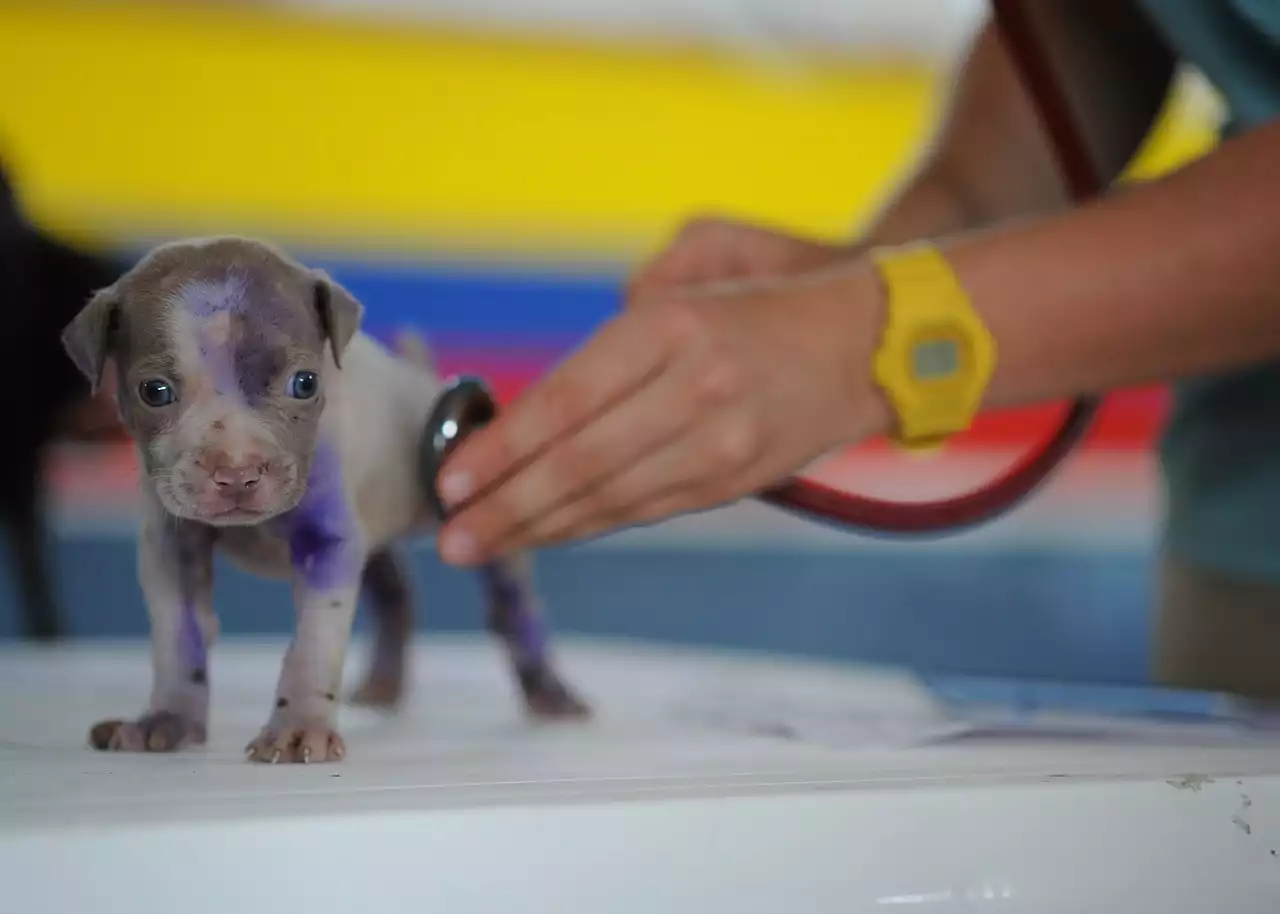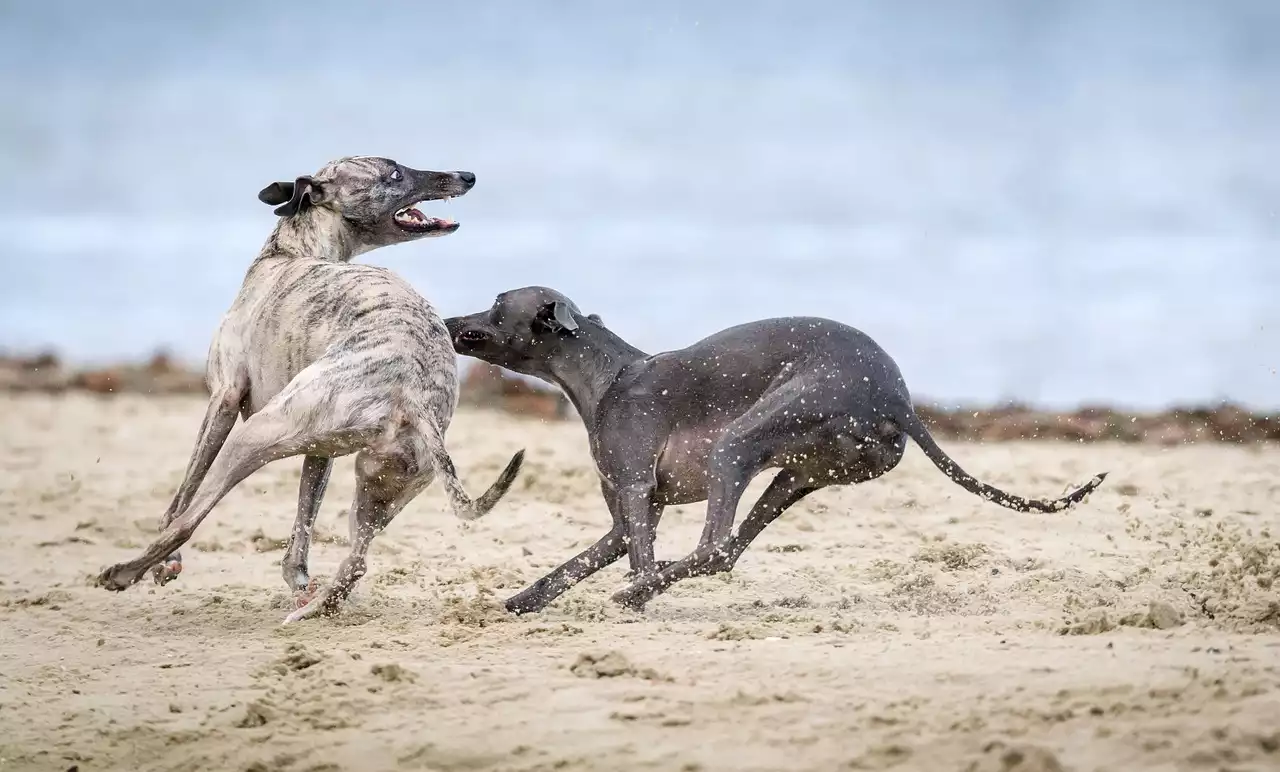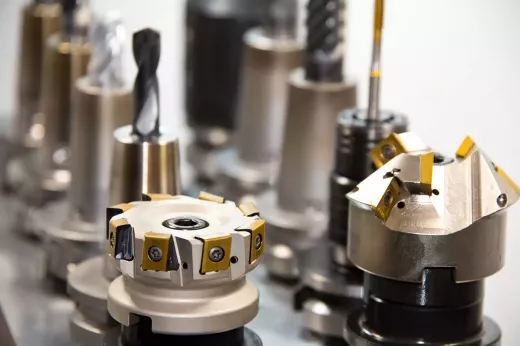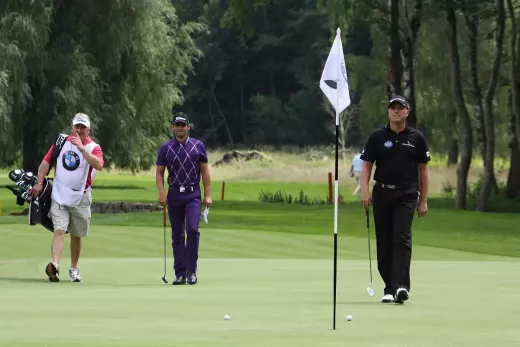Understanding Greyhound Racing
Greyhound racing is a thrilling and fast-paced sport that has captivated audiences for decades. Before diving into the world of greyhound training, it's essential to have a solid understanding of the sport itself. Greyhound racing involves dogs sprinting around a track, chasing a mechanical lure. The dogs are judged based on their speed and agility, with the fastest dog being crowned the winner. However, it's not just about speed; greyhounds also need to possess the right temperament and physical condition to excel in this sport.
Greyhounds are known for their incredible speed, reaching up to 45 miles per hour in just a few seconds. Their lean bodies and long, powerful legs are perfectly designed for maximum efficiency and speed. Greyhounds also have a strong prey drive, making them natural-born hunters. These traits, combined with proper training, can turn your greyhound into a racing superstar.
To ensure the welfare of the dogs, greyhound racing organizations have implemented various rules and regulations to protect the greyhounds' health and safety. These rules include regular veterinary checks, strict drug testing, and ongoing monitoring to prevent any form of mistreatment or abuse. As a responsible greyhound owner, it's essential to familiarize yourself with these regulations and ensure that your training methods align with the welfare standards set by the industry.
The Importance of Training for Greyhound Racing
Training is the backbone of success in greyhound racing. Without proper training, even the fastest greyhound may struggle to perform at its best. Training not only helps improve a greyhound's physical condition but also strengthens their mental focus and discipline. It is a gradual process that requires patience, consistency, and a deep understanding of your greyhound's unique needs and capabilities.
One of the key aspects of greyhound training is obedience. Teaching your greyhound basic commands such as sit, stay, and come is essential for their safety and control both on and off the track. Obedience training establishes a strong foundation of communication between you and your greyhound, enabling you to guide and direct them effectively during races.
Another crucial aspect of greyhound training is crate training and housebreaking. Greyhounds are naturally clean animals, and with the right training, they can quickly learn to associate their crate or designated area as their safe and comfortable space. Crate training not only helps with housebreaking but also provides a secure and familiar environment for your greyhound during travel or when left alone at home.
Conditioning and exercise play a vital role in preparing your greyhound for racing. Greyhounds are born athletes, but they still require regular exercise to maintain their peak physical condition. Incorporating a variety of exercises, such as sprinting, endurance training, and agility drills, can help improve your greyhound's speed, strength, and overall performance on the track. It is essential to tailor the exercise routine to your greyhound's individual needs and gradually increase the intensity as they progress.
Basic Commands for Greyhound Training
When it comes to greyhound training, mastering basic commands is the first step towards creating a well-behaved and obedient racing companion. Training your greyhound to respond to commands such as sit, stay, and come can make a significant difference in their behavior both on and off the track.
1. Sit: Teaching your greyhound to sit is a fundamental command that can be useful in various situations. Start by holding a treat close to your greyhound's nose and move your hand upward, causing their head to follow the treat and their bottom to lower. Once they are in a sitting position, say "sit" and reward them with the treat. Repeat this process several times until your greyhound associates the word "sit" with the action.
2. Stay: The "stay" command is essential for maintaining control over your greyhound during races or other situations where you need them to remain in place. Begin by having your greyhound sit and then raise your hand, palm facing them, and say "stay" while taking a step back. If your greyhound stays in place, reward them with praise and a treat. Gradually increase the duration of the stay and the distance between you and your greyhound.
3. Come: The "come" command is crucial for calling your greyhound back to you during races or when they are off-leash. Start by getting down to your greyhound's level and say their name followed by the word "come" in an enthusiastic tone. Encourage them to come to you by opening your arms and using a treat or toy as a reward. When your greyhound comes to you, praise them and offer the reward. Practice this command in various environments to ensure your greyhound's response is consistent.
Remember, consistency and positive reinforcement are key when training your greyhound. Always reward them for successfully following a command and avoid punishment or harsh training methods, as these can have a negative impact on their behavior and overall well-being.
Crate Training and Housebreaking for Greyhounds
Crate training and housebreaking are essential components of greyhound training. Not only do they ensure your greyhound's comfort and safety, but they also contribute to a harmonious living environment for both you and your dog.
Crate training involves teaching your greyhound to view their crate as a secure and comfortable space. This is especially useful during transportation or when you need to leave your greyhound unsupervised for short periods. To begin crate training, choose a crate that is appropriately sized for your greyhound. It should be large enough for them to stand, turn around, and lie down comfortably. Introduce the crate gradually, allowing your greyhound to explore it at their own pace. Place treats, toys, and bedding inside the crate to make it more inviting. Gradually increase the amount of time your greyhound spends in the crate, always ensuring they have positive associations with it.
Housebreaking, or potty training, is another crucial aspect of greyhound training. Greyhounds are naturally clean animals and can be easily housebroken with a consistent routine. Establish a regular feeding schedule for your greyhound, as this will help regulate their bathroom habits. Take your greyhound outside to the designated potty area after meals, playtime, and waking up from naps. When your greyhound eliminates in the appropriate area, reward them with praise and treats. If accidents occur indoors, avoid punishment and instead clean up the mess without drawing attention to it. Consistency and patience are key during the housebreaking process, as every greyhound learns at their own pace.
Conditioning and Exercise for Greyhound Racing
Conditioning and exercise are crucial elements of greyhound training, as they contribute to the overall health, fitness, and performance of your greyhound. Regular exercise not only keeps your greyhound physically fit but also provides mental stimulation and an outlet for their natural energy.
Greyhounds are natural sprinters, and their exercise routine should reflect this. Incorporating sprint intervals into their exercise regimen helps build their speed and endurance. Find a safe and enclosed area, such as a fenced-in yard or a secure dog park, where your greyhound can run off-leash. Begin with a warm-up period of gentle walking or jogging to loosen their muscles. Then, encourage your greyhound to sprint by using a toy or treat as a motivator. Allow them to sprint for short distances, gradually increasing the length as their fitness improves. Always monitor your greyhound's energy levels and adjust the intensity and duration of the exercise accordingly.
In addition to sprint intervals, incorporating endurance training into your greyhound's routine is essential for building their stamina. This can be done through long walks, bike rides, or swimming sessions. These activities not only provide physical exercise but also mental stimulation, as they expose your greyhound to different environments and sensory stimuli.
Agility training is another valuable component of greyhound conditioning. Set up a course with obstacles such as hurdles, tunnels, and weave poles to challenge your greyhound's agility and coordination. This type of training not only improves their physical abilities but also enhances their focus and problem-solving skills.
Remember, every greyhound is unique, and their exercise routine should be tailored to their individual needs and abilities. Consulting with a veterinarian or a professional greyhound trainer can help you create a customized exercise plan that maximizes your greyhound's potential without risking injury.
Diet and Nutrition for Greyhound Athletes
Proper nutrition is vital for greyhounds, especially those engaged in racing. A well-balanced diet ensures that your greyhound has the energy and nutrients necessary for optimal performance, muscle development, and overall well-being.
A high-quality commercial dog food that is specifically formulated for active dogs is a good starting point for your greyhound's diet. Look for a dog food that lists meat as the primary ingredient and avoids fillers or artificial additives. The food should provide a balance of protein, carbohydrates, healthy fats, vitamins, and minerals.
In addition to commercial dog food, incorporating fresh and whole foods into your greyhound's diet can offer additional health benefits. Lean meats such as chicken, turkey, and beef can be added to their meals to increase protein intake. Fruits and vegetables such as blueberries, carrots, and green beans can provide essential vitamins and antioxidants.
It's important to note that every greyhound's nutritional needs may vary based on factors such as age, activity level, and overall health. Consulting with a veterinarian or a professional canine nutritionist can help you develop a customized diet plan that meets your greyhound's specific needs.
Injury Prevention and Rehabilitation for Greyhounds
Like any athlete, greyhounds are susceptible to injuries, and it's essential to take proactive measures to prevent and treat them. Preventive measures such as proper warm-up and cool-down exercises, regular check-ups with a veterinarian, and maintaining a healthy weight can help minimize the risk of injuries.
In the event that an injury does occur, prompt and appropriate treatment is crucial for your greyhound's recovery. Rest and restricted activity are often necessary to allow the injured area to heal. Depending on the severity of the injury, your greyhound may require additional treatments such as physical therapy, medication, or surgery.
Rehabilitation plays a vital role in helping greyhounds recover from injuries and regain their strength and mobility. This can include exercises that target specific muscle groups, hydrotherapy, massage, and other modalities. Working closely with a veterinarian or a professional canine rehabilitation therapist can ensure that your greyhound receives the appropriate rehabilitation program tailored to their specific injury and needs.
Mental Stimulation and Enrichment for Greyhounds
While physical exercise is essential for greyhounds, mental stimulation and enrichment are equally important. Greyhounds are intelligent dogs that thrive on mental challenges and problem-solving activities. Engaging their minds can help prevent boredom, anxiety, and destructive behaviors.
One effective way to provide mental stimulation is through interactive toys and puzzles. These toys require your greyhound to solve a task or manipulate objects to access treats or rewards. This not only keeps them mentally engaged but also taps into their natural problem-solving instincts.
Training sessions are also a valuable form of mental stimulation. Teaching your greyhound new tricks, obedience commands, or participating in agility training can keep their minds sharp and focused. Incorporate short and fun training sessions into your daily routine to keep your greyhound engaged and motivated.
Socialization is another essential aspect of mental enrichment for greyhounds. Exposing your greyhound to different environments, people, and animals from an early age can help them develop confidence and adaptability. Regular outings to parks, dog-friendly events, or playdates with other dogs can provide valuable socialization opportunities.
